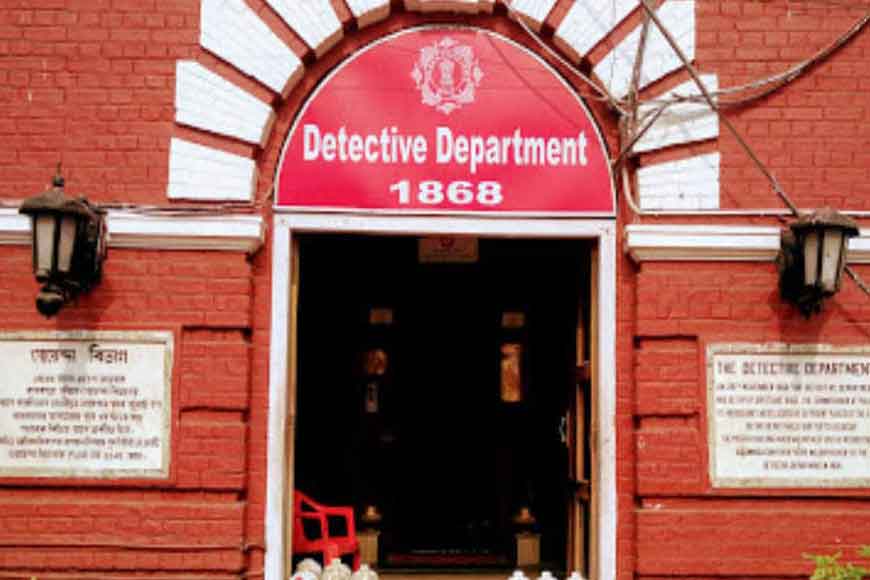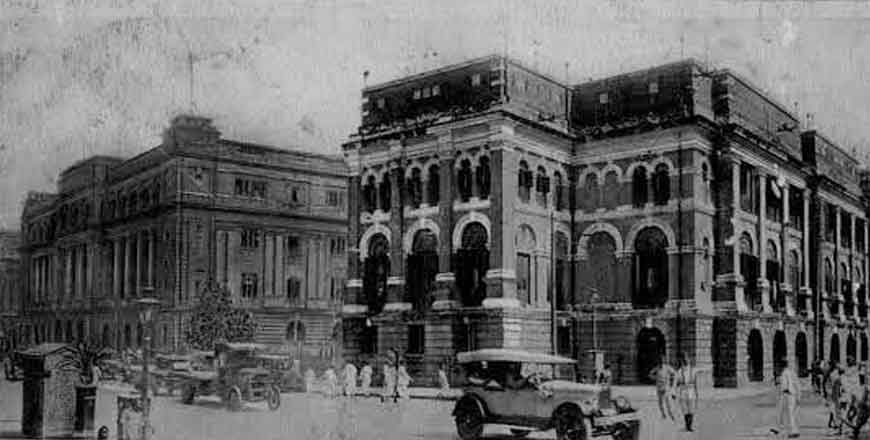How Calcutta Police got its Detective Department

On April 1, 1868, a pretty young Anglo-Indian woman named Rose Brown was murdered in Calcutta, her throat slit almost ear to ear. Her body, discovered late at night by a beat constable on patrol duty, lay where she had died, mere minutes away from the Amherst Street police station. The positioning of the body made it clear that she had been on the move during the attack, perhaps trying to run away from her killer.
The only reason for going into these details is that in death, Rose Brown bequeathed Calcutta with an institution that was to become among the finest in the country, and was most certainly the earliest - the Detective Department of Kolkata Police. But we'll get there in a while.
To say Rose's murder took Calcutta by storm would be putting it mildly. Not that murder was alien to the city, but most of them were the result of drunken brawls, or gang rivalries, or perhaps the occasional political plot. However, there was some-thing about the gruesome killing of a young, well-dressed, beautiful woman, so close to a police station, that shook Calcutta to its core. From middle-class homes to upmarket mansions, from respectable newspaper columns to crowded markets, the murder became a topic of outraged discussion.
Much of that outrage was directed at the police, some would say with reason. For up to a week after the incident, Amherst Street police station had been unable to identify the victim. This, after her photograph had been published in every major newspaper in town. In the face of relentless public and media criticism, largely to do with doubts about Calcutta's policing system and the safety of its citizens, police commissioner Sir Stuart Saunders Hogg finally lost his patience, shooting off a scathing letter to his deputy, seething with anger at the inefficiency of his men.

No matter how angry he was, however, Hogg was gradually coming to the conclu-sion that the failure to crack the Rose Brown murder mystery would not only reflect poorly upon his own leadership, but also sow doubts about the efficacy of the police in the mind of every citizen. Quite clearly, it was time to look beyond the police station and its jurisdiction, to go out of their way to establish a system that would not depend on a particular police station, to form a team dedicated to solving unusual and complicated crimes.
Enter Inspector Richard Reid, the man Hogg had in mind to lead the investigation. In his early 30s, Reid had already acquired a reputation as a quick thinker, an acute observer, and a hard worker. Armed with these qualities, it wasn't long before he had not only identified Rose Brown, but also formed a theory of how she was killed, and drawn up a list of suspects. How he eventually cracked the case is a story for another day, but his success made him an overnight star, anointing him as Calcutta's first 'police detective', and reinforced Hogg's belief that the city needed a special unit to handle crimes that went beyond the ordinary.
On November 28, 1868, circular no. 149, bearing Hogg's signature, announced to all and sundry that Calcutta Police would henceforth have a separate Detective Force, the first of its kind in India, with A. Younan as superintendent, to be assisted by First Class inspector R. Lamb. The subordinate staff consisted of four darogas, 10 head constables, 10 'second grade' constables, and 10 'third grade' constables. The superintendent was to be in charge of all prosecutions, apart from general supervision of crime work.
It was Hogg who, for the first time, categorised murder, culpable homicide, burglary, and grievous hurt as special report cases. In 1873, he reorganised the Detective Force and reduced its strength, with the result that Richard Reid, still an inspector, was put in charge of the unit, with Hogg himself in general control. In later years, Reid went on to author a book about his experiences as a city detective, titled ‘Eve-ryman His Own Detective!’. His primary goal was perhaps to educate succeeding generations of police detectives, but the stories he narrated make for a gripping read for the lay reader, too.
Hogg's successor, Sir Stanley Wauchope, was a great believer in the scientific ap-proach, and under his influence, men such as Richard Reid, Sreenath Pal and Kalinath Bose earned widespread fame for their excellent detective work. In fact, such was the Detective Department's reputation that its members were invited to all parts of the country to aid in various investigations. In 1875, for instance, Kalinath Bose was granted a reward of Rs 2,000 by the Maharajah of Travancore for his brilliant investigation, leading to the recovery of several stolen crown jewels and the arrest of the thieves.
Up until the turn of the century, the overall control of the department rested with the British, but that changed in 1898 with the appointment of Jogendra Chandar Mitra as the first Indian chief of the detective force. He was succeeded by Kisto Chandra Banerjee, who served three years in office. Thereafter, as Bengal began to witness the beginning of the armed revolutionary movement against the British, the inception of its 'Agni Yug', the post shifted back to the British, with the appointment of M.B. Ellis.
The changing political environment of the early 20th century, and the rapid growth of the militant Swadeshi movement in Bengal, made Calcutta a hotbed of revolutionary activities, which once again forced a change in the way that the police viewed various crimes. The Detective Department was now no longer the sole crime-fighting unit within Calcutta Police, it had the Special Branch for company. Nonetheless, the reputation that the 'DD' had acquired has remained intact, justifying its tag as the 'Scotland Yard of the East'.










